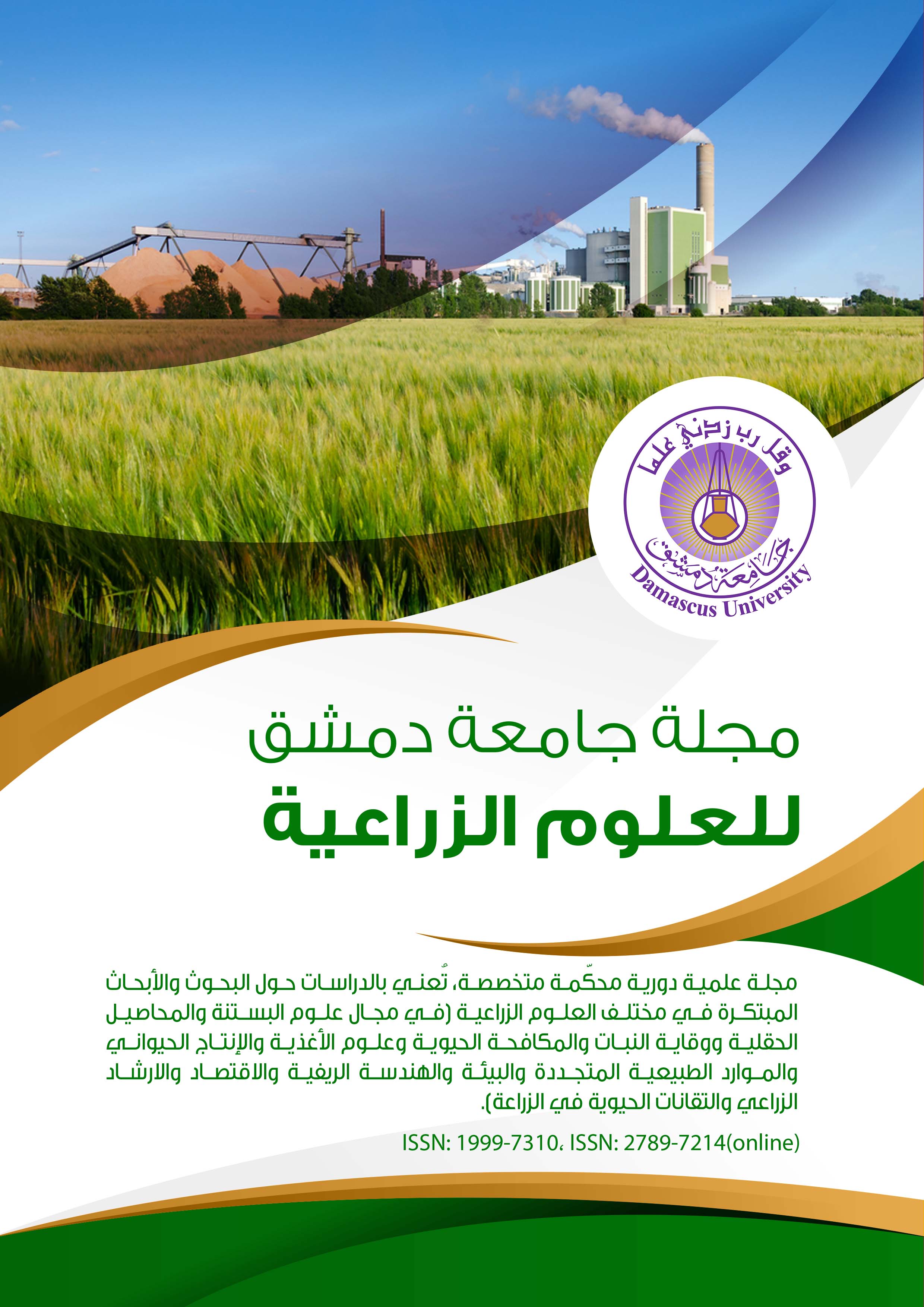Modern technologies used in detecting adulteration of meat and its products (review)
Keywords:
Meat Adulteration, ELISA, Modern Detection Techniques, Pcr, Breeding SeasonAbstract
At present, the traditional methods used for the detection of livestock and poultry meat mostly include sensory evaluation by experts, chemical indicator detection, and microbial detection. Although these methods have commendable detection accuracy, their application becomes more difficult when applied to large-scale production by companies. Compared to traditional detection methods, modern techniques discovered in recent years can have advantages in high efficiency and accuracy in measurement with short examination time, so they have been of widespread interest to researchers. Accordingly, this article represents an analysis of trends in the development of test systems for meat identification. These test systems are commonly used in food production and research laboratories. The importance of developing methods for identifying types of meat relates not only to the dietary restrictions practiced in some religions related to the consumption of certain types of meat, but also to the hygienic aspects of food production. This article provides a comprehensive overview of modern methods for detecting meat adulteration, which includes either adding a non-food substance to increase the amount of raw food or unintentionally added non-food substances. Food adulteration also includes any toxic or harmful substances that may make food harmful to health. Food adulteration can be either the process of adding or removing valuable food ingredients or replacing these valuable ingredients with relatively less expensive (cheaper) ingredients for unfair economic gain. This act of food adulteration may be an economic gain for the manufacturer who adulterates the food, while it represents a loss for the ultimate consumer of the products. While purchasing and serving adulterated food, consumers are affected in different
ways; They may not get the intended nutrients, adulterated food may be unsafe for their health and can also pose an economic loss to consumers. These methods include physical, chemical, biochemical and other techniques. Detecting adulterated food is more difficult when both the adulterated substance and the food itself have approximately the same physicochemical composition. Food fraud interferes with consumers' right to safe, good-quality food. Therefore, all responsible individuals and organizations, including the government, must fulfill their responsibility to protect the act of food fraud and expose the identified acts.

